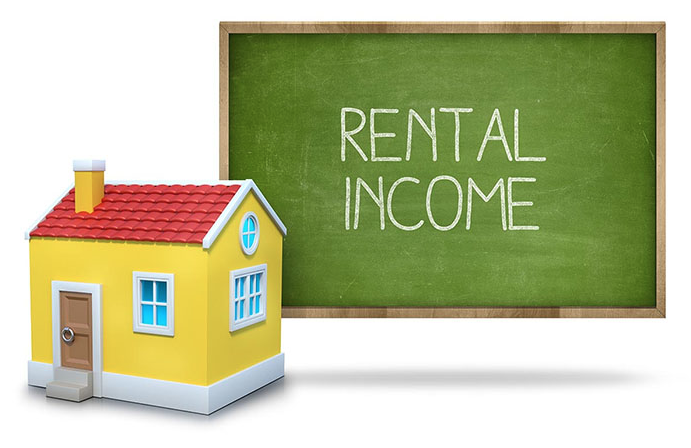Assistance for employers to up-skill their employees
The Federal Budget announced a skills and training boost to support small and medium-sized businesses in training and upskilling their employees. The boost will apply to eligible expenditure incurred from 7:30pm on 29 March 2022 (i.e. Budget night) until 30 June 2024. Small and medium-sized businesses (“SMEs”) (with aggregated annual turnover of less than $50 million) will be able to deduct an additional 20% of costs incurred on external training courses provided to their employees.
When to Claim?
For eligible expenditure incurred by 30 June 2022, the boost will be claimed in tax returns for the following income year. For eligible expenditure incurred between 1 July 2022 and 30 June 2024, the boost will be claimed in the income year in which the expenditure is incurred
Technology investment boost
The Government also announced a technology investment boost to support digital adoption by small and medium-sized businesses. The boost will apply to eligible expenditure incurred from last night (29 March 2022 i.e. Budget night) until 30 June 2023. Small and medium-sized businesses (with aggregated annual turnover of less than $50 million) will be able to deduct an additional 20% of expenditure incurred on business expenses and depreciating assets that support their digital adoption (such as portable payment devices, cyber security systems or subscriptions to cloud-based services). An annual cap will apply in each qualifying income year so that expenditure up to $100,000 will be eligible for the boost. This equates to a maximum additional deduction of $20,000 per eligible year.
When to Claim?
For eligible expenditure incurred by 30 June 2022, the boost will be claimed in tax returns for the following income year. For eligible expenditure incurred between 1 July 2022 and 30 June 2023, the boost will be claimed in the income year in which the expenditure is incurred
Modernising the PAYG instalment system
The Government will enable companies to choose to have their PAYG instalments calculated based on current financial performance, extracted from business accounting software, with some tax adjustments. This will support business cash flow by ensuring instalments reflect current performance.
When will it be in Place?
Subject to advice from software providers about their capacity to deliver, it is anticipated that systems will be in place by 31 December 2023, with the measure to commence on 1 January 2024, for application to periods starting on or after that date.
New option for Reporting Contractor Payments (“TPAR”)
The Government will provide businesses with the option to report contractors’ payments (via accounting software) on the same lodgement cycle as their activity statements.
When will it be in Place?
Subject to advice from software providers about their capacity to deliver, it is anticipated that systems will be in place by 31 December 2023, with the measure to commence on 1 January 2024, for application to periods starting on or after that date.
COVID-19 business grants to be non-assessable non-exempt (“NANE”)
The Government has extended the measures that enable payments from certain state and territory COVID-19 business support programs to be made non-assessable non-exempt income (‘NANE’) for income tax purposes until 30 June 2022. This measure was originally announced on 13 September 2020. The Government has made the following state and territory grant programs eligible for this treatment since the 2021-22 Mid-Year Economic and Fiscal Outlook:
- New South Wales Accommodation and Support Grant.
- New South Wales Commercial Landlord Hardship Grant.
- New South Wales Performing Arts Relaunch Package.
- New South Wales Festival Relaunch Package.
- New South Wales 2022 Small Business Support Program.
- Queensland 2021 COVID-19 Business Support Grant.
- South Australia COVID-19 Tourism and Hospitality Support Grant.
- South Australia COVID-19 Business Hardship Grant.
Tax deductibility of COVID-19 test expenses
From 1 July 2022, the costs of taking a COVID-19 test to attend a workplace will be tax deductible for individuals. In making these costs tax deductible, the Federal Government will also ensure Fringe Benefits Tax (“FBT”) will not be incurred by businesses where COVID-19 tests are provided to employees for attending work
Further ATO Compliance Audits
The ATO will extend their Tax Avoidance Taskforce by two years to 30 June 2025. Established in 2016, the compliance audits will continue to focus on targeting high wealth individuals and their tax avoidance.
Sharing of Single Touch Payroll (‘STP’) data
The Government has committed to the development of IT infrastructure required to allow the ATO to share STP data with State and Territory Revenue Offices on an ongoing basis. Funding for this measure has already been provided and will be deployed following consideration of which States and Territories are able, and willing, to make investments in their own systems and administrative processes to pre-fill payroll tax returns with STP data.




